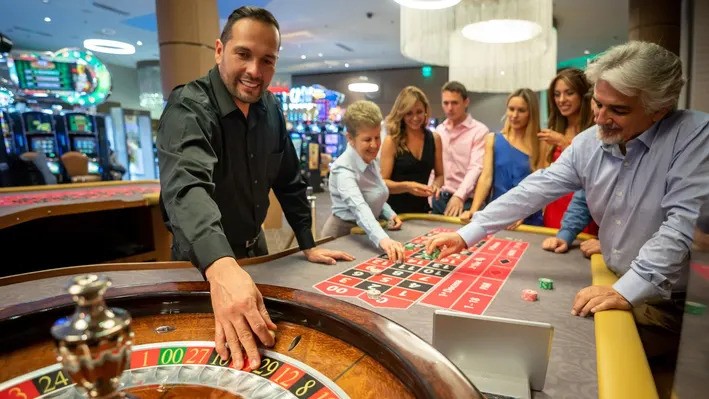Poker is not merely a game of cards; it’s a game of psychology, strategy, and the art of the bluff. While the foundation of poker rests on understanding the rules and probabilities, mastering the psychological aspects, particularly bluffing, elevates one’s game to a whole new level qqarena88. In the world of poker, the ability to bluff effectively can be the difference between winning big or going home empty-handed.
Understanding the Bluff
Bluffing in poker is the art of deception, where a player bets or raises with a weak hand to induce opponents to fold stronger hands. It’s a strategic move aimed at convincing opponents that you hold a better hand than you actually do. However, successful bluffing isn’t just about randomly placing bets; it requires a deep understanding of the game dynamics, your opponents’ tendencies, and impeccable timing.
The Psychology Behind Bluffing
Bluffing taps into the psychological aspect of poker, exploiting the natural tendencies and emotions of players. Here are some key psychological elements at play:
- Fear: Fear of losing chips or being outplayed often drives players to fold even when they have strong hands. Skilled bluffers leverage this fear by presenting a confident demeanor, convincing opponents that they have the winning hand.
- Uncertainty: Poker is a game of incomplete information. Players only see their own cards and the community cards, leaving plenty of room for uncertainty. Effective bluffers capitalize on this uncertainty, creating doubt in opponents’ minds about the strength of their own hands.
- Ego: Ego can cloud judgment, causing players to overestimate their hands and underestimate their opponents. Bluffers exploit this by preying on opponents’ egos, making them reluctant to back down from a perceived challenge.
- Observation: Successful bluffing requires keen observation skills. Understanding opponents’ betting patterns, body language, and tendencies can provide valuable insights into when to bluff and when to fold.
Mastering the Bluff
- Choose Your Spots: Not every situation is conducive to bluffing. Bluffing too frequently can make you predictable and easily exploited. Choose your bluffing spots wisely, considering factors like your table image, opponents’ tendencies, and the game dynamics.
- Tell a Convincing Story: A successful bluff tells a convincing story that aligns with the flow of the game. Your actions leading up to the bluff should be consistent with the hand you’re representing, making it harder for opponents to call you out.
- Stay Calm and Confident: Maintaining a calm and confident demeanor is crucial to executing a successful bluff. Avoid showing signs of nervousness or hesitation, as they can give away the strength of your hand.
- Adjust to Your Opponents: Bluffing is not a one-size-fits-all strategy. Adapt your bluffing frequency and style based on your opponents’ playing styles, tendencies, and perceptions of you as a player.
- Use Position to Your Advantage: Bluffing from late position provides a strategic advantage, as you have more information about opponents’ actions. Use position to exert pressure on opponents and increase the effectiveness of your bluffs.
Conclusion
Mastering the art of bluffing is an essential skill for any serious poker player. It requires a deep understanding of psychology, strategy, and the dynamics of the game. While bluffing can be a powerful weapon in your arsenal, it’s important to use it judiciously and with caution.
